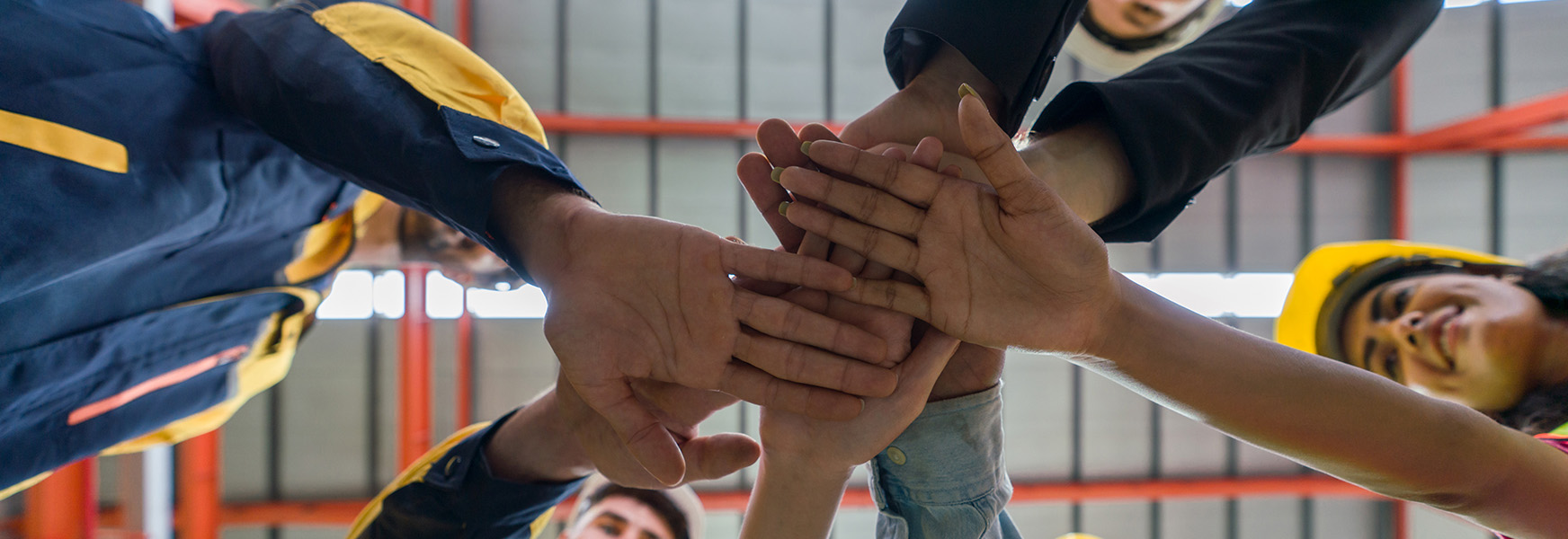Teamwork Makes the SAFETY Dream Work

Teamwork makes the dream work. Perhaps this is a phrase you remember from sports practice during your childhood. Or, more likely, it is a phrase that you have heard during a meeting in the office, when multiple people are involved in a project. The question is: does teamwork contribute to safety?
Why it matters: There are multiple instances of workplace catastrophes (Deepwater Horizon, Imperial Sugar Company explosion, multiple mining explosions in the USA, etc.), where lack of communication and lack of accountability play significant contributing roles. On a smaller scale, workplace incidents occur daily due to miscommunication or gaps in coordination between coworkers/departments.
So, if we know that communication and reliability failures contribute to severe incidents, can strategic team-focused actions improve overall safety for an organization?
The Research: A group of psychologists (M McGonagle, et al., 2016), in partnership with a large hospital system, developed a study to examine the relationship between teamwork and workplace safety. Their study “provides empirical evidence directly linking worker perceptions of teamwork with subsequent organizational records of injuries.” Essentially, if a manager communicates their dedication to safety, this creates a work environment that is more likely to promote teamwork and leads to a statistically significant decrease in frequency of incidents.
Big Picture: Organizations inherently operate in teams, whether these team units are departments, project management groups, or different work shifts. Worker safety is the result of the individual’s own actions, as well as the team’s interactions and perceptions of safety.
What Can Your Organization Do:
Management commitment to safety: Leaders must demonstrate their commitment to safe work practices by setting and communicating clear expectations for safety at the organization, then holding people accountable to those expectations.
- Lead by example: Supervisors should demonstrate safe work themselves, always wear appropriate/required PPE, and correct unsafe systems or actions in the workplace.
- Show and Tell: Communicate the importance of teamwork verbally, and also involve multiple, diverse people in projects. Say safety is a top priority, and add safety enhancements as a line item in the budget each year.
Promote teamwork in the workplace: Encourage workers to collaborate and build a culture of trust/mutual support at work.
- Safety Committee: Ask representatives from all levels of the organization to participate in a safety committee, to foster communication across departments/divisions/locations.
- Get Creative: Hold both virtual and in-person meetings to ensure all employees are involved, regardless of their location. Hold a company-wide competition for the best solution to a problem and give an award to the department that comes up with the best answer.
Psychological Safety: Foster an environment where employees are encouraged to work together and respectfully share feedback with one another.
- Set the Tone: Provide supervisors with training on psychological safety. Start all conversations with curiosity, not judgement. Ask open-ended questions and listen to the person’s response before formulating your own.
Organizational Safety Goals: Set 1 to 2 safety goals for the entire organization and communicate them widely. The whole organization can rally behind these safety goals, working as a unified team.
- Get SMART: Set SMART goals that are Specific, Measurable, Achievable, Relevant, and Time-Bound.
Bottom Line: Yes, teamwork leads to improved safety in organizations. Organizational psychologists deem teamwork “the linchpin driving safety performance throughout an organization,” (Salas et al., 2020, p. 283). When organization leaders are committed to safety, and when they create a work environment where teamwork is valued, lower claim frequency and severity is possible.
Related MEMIC blogs:

